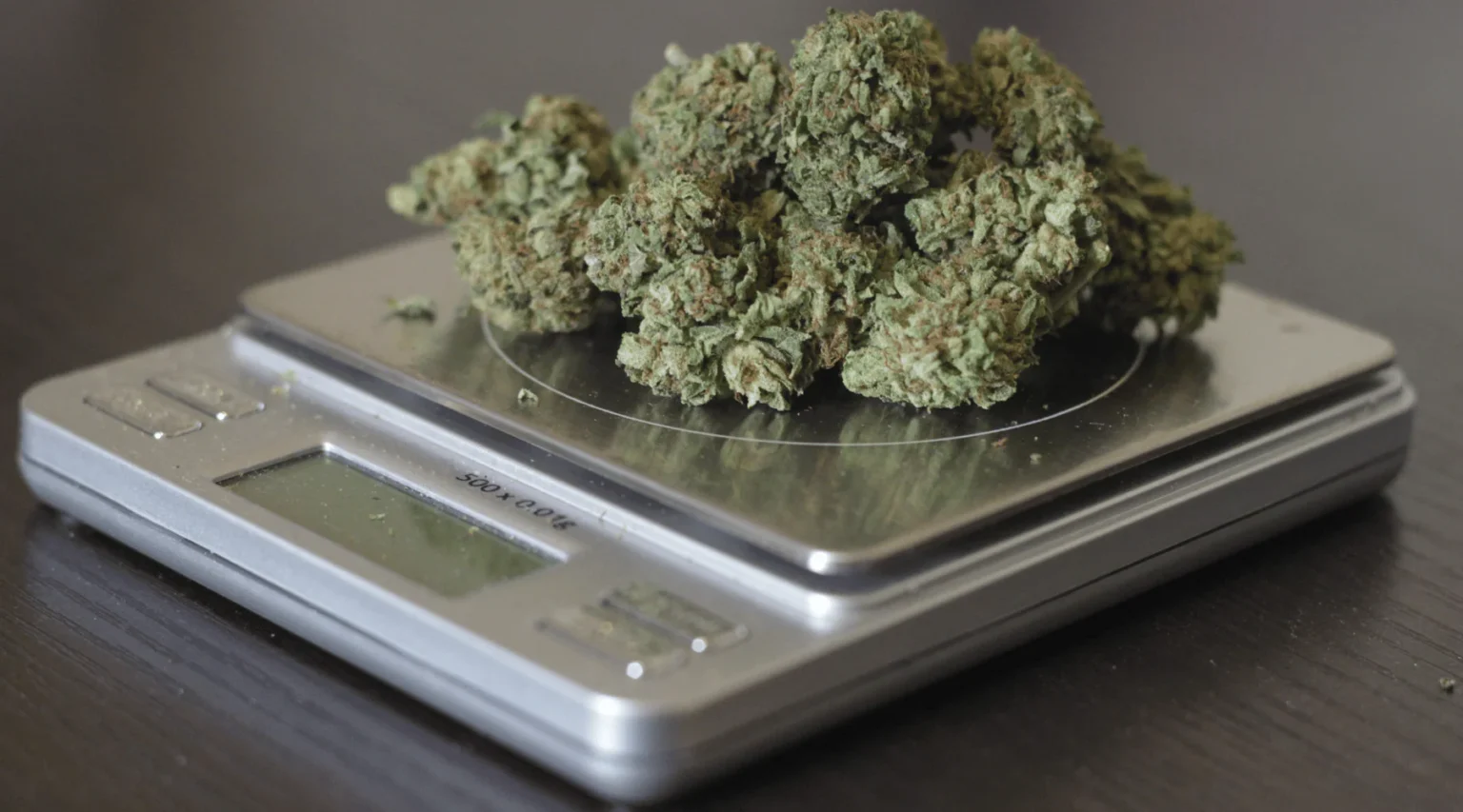Have you ever found yourself puzzled over how much grams is in a quarter? You’re not alone. Whether you’re baking, cooking, or measuring ingredients for a DIY project, understanding these conversions can be crucial. Accurate measurements can make the difference between success and failure in your culinary adventures or craft creations. Join us as we dive into the details of this common measurement conundrum and unravel everything you need to know about grams and quarters!
Understanding how much grams is in a quarter
When we talk about a quarter in measurement, it often refers to a quarter of an ounce. In this context, one quarter ounce is equivalent to approximately 7.09 grams.
Grams are part of the metric system and provide precision that’s essential in various fields like cooking or chemistry. A clear understanding of how much grams are in a quarter can streamline your measuring process.
It’s important to note that not all measurements translate directly across different systems. This can lead to confusion when recipes or instructions use varying units.
Being aware of these conversions helps you avoid mishaps in your projects or meals, ensuring everything turns out just right. So, knowing that a quarter equals about 7 grams makes it easier to navigate through any recipe with confidence!
The Importance of Accurate Measurements
Accurate measurements are crucial in various aspects of life. Whether you’re cooking, baking, or conducting scientific experiments, precision can make all the difference.
In cooking, a small deviation from the required amount can alter flavors and textures. For example, too much salt or sugar may ruin a recipe entirely.
In science and engineering, accurate measurements ensure safety and efficiency. A slight miscalculation could lead to catastrophic results or wasted resources.
Moreover, in industries like pharmaceuticals and manufacturing, precision is non-negotiable. It can affect product quality and regulatory compliance.
Understanding how to measure accurately fosters trust in your processes—whether at home or professionally. It helps enhance skills while minimizing errors that could have far-reaching consequences across different fields.
What is a how much grams is in a quarter?
When we talk about “how much grams is in a quarter,” we’re often referring to measurements in cooking, baking, or other precise activities. A quarter typically signifies a fourth of something larger.
In the context of weight, this can be particularly important for recipes that require accuracy.
For example, when you see “quarter cup” in a recipe, it’s essential to know how many grams that translates into for specific ingredients. Different contents have unique densities.
A quarter pound equals about 113.4 grams. This conversion becomes crucial when you’re preparing meals or managing portion sizes accurately.
Understanding these conversions helps avoid culinary mishaps and ensures your dishes turn out just right every time. Whether you’re measuring flour or sugar, knowing how much grams are in a quarter can make all the difference.
Different Standards for Quarter Measurements
Quarter measurements can vary significantly based on the context. In cooking, a quarter cup is often used, equating to about 59 milliliters. This measurement ensures recipes yield consistent results across various cuisines.
In other fields like finance or manufacturing, a “quarter” might refer to different standards. For instance, in accounting, a fiscal quarter represents three months of financial data—Q1 through Q4 are crucial for performance assessments.
When it comes to weight and mass, particularly in trade and shipping industries, understanding how much grams is in a quarter can differ by region. Some areas may adopt specific local standards that could influence measurements.
These varying definitions highlight the importance of clarity when discussing quarters in any field. Always ensure you’re referencing the correct context to avoid confusion or inaccurate calculations.
Converting Grams to Quarters
Converting grams to quarters can seem tricky at first. But with the right approach, it’s quite straightforward.
A quarter typically refers to a specific weight measurement in different contexts, often used in cooking and baking. One quarter of a kilogram equals 250 grams. This makes it easier when you know how many grams are involved.
To convert, simply divide the number of grams by 250. For instance, if you have 500 grams and want to find out how many quarters that is, just calculate: 500 ÷ 250 = 2 quarters.
This method works well for various recipes or ingredient measurements where precision matters. Whether you’re preparing meals or engaging in crafts that require exact weights, understanding this conversion can save time and avoid confusion during your tasks.
Practical Examples of How Much Grams are in a Quarter
When discussing how much grams are in a quarter, it helps to look at practical examples.
For instance, in cooking, 1/4 cup of sugar weighs approximately 50 grams. This measurement can vary slightly depending on the type of sugar used—granulated versus brown.
In the realm of spices, a quarter teaspoon usually weighs about 1 gram. Understanding this conversion is essential when following recipes accurately.
If you’re measuring grains or seeds, such as quinoa or chia seeds, a quarter cup often equals around 45-60 grams. Being precise can make all the difference in your dish’s flavor and texture.
Even when crafting homemade cosmetics or remedies, knowing that a quarter ounce translates roughly to about 7 grams can assist you greatly in achieving desired results. Each scenario highlights the need for accurate measurements across various applications.
Conclusion
When it comes to understanding measurements, clarity is key. Knowing how much grams are in a quarter can save you from confusion, especially in cooking or when dealing with weights and balances.
Accurate measurements matter greatly; they can affect the quality of your recipes and ensure precise results in scientific experiments. Different standards for quarter measurements exist across various fields, making it essential to know which applies to your needs.
Converting grams into quarters may seem daunting at first, but with practical examples and clear guidelines, it becomes manageable. Whether you’re measuring ingredients for a dish or calculating weight for shipping purposes, having this knowledge at your fingertips enhances efficiency.
Understanding these basics equips you with the tools necessary to navigate any scenario that involves measurement conversions smoothly. Emphasizing accuracy ensures that whatever project you undertake will yield reliable results every time. So next time someone asks how much grams is in a quarter, you’ll be ready to provide an informed answer!

















